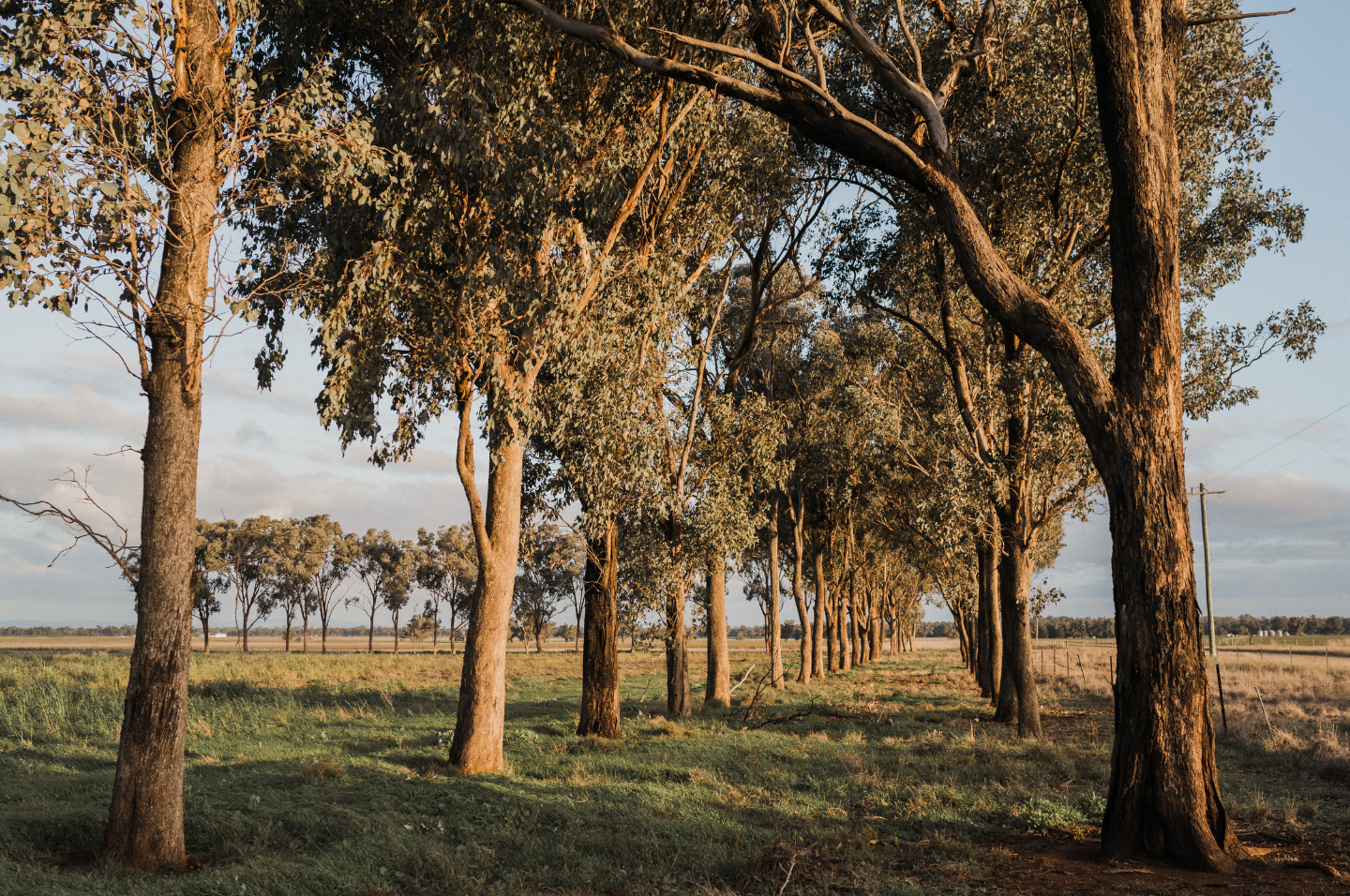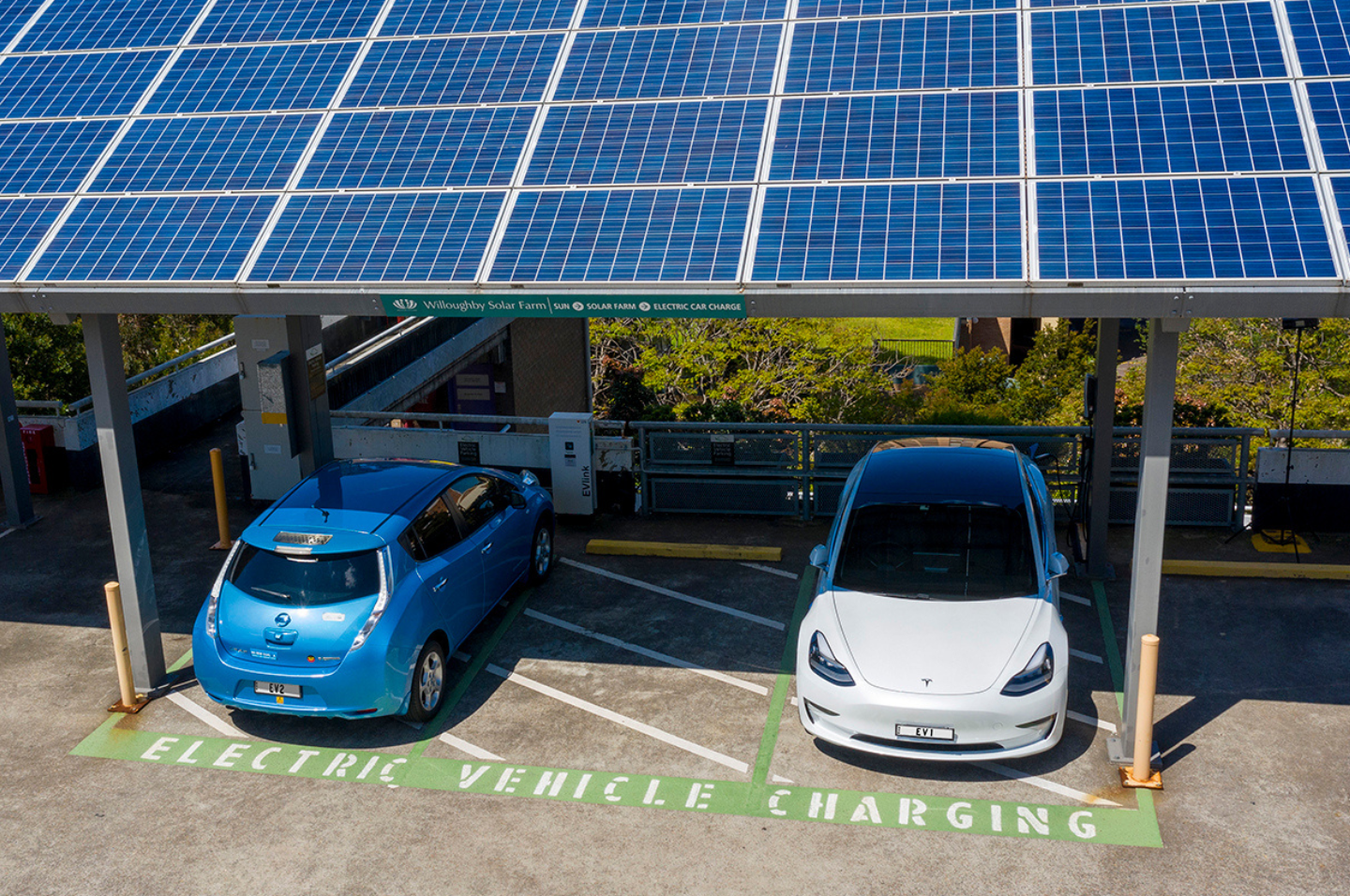While every council will have a unique emissions profile, most emissions will come from common sources. Use the following quick-start guide to save energy and money, and reduce emissions from the most common sources for local councils and communities.
Sources of emissions
A council’s building stock will account for anywhere from 20%-40% of its total corporate greenhouse emissions.
Actions you can take
Offset emissions by increasing green cover and carbon absorption in your region by using green infrastructure principles when developing and upgrading infrastructure, buildings and suburbs.
Reduce emissions from buildings at the construction phase or enhance the efficiency of buildings to save money for council, building owners and tenants, while also demonstrating clear intent for action and improvements over time.
Use low emissions building materials in new constructions and minimise the use of traditional materials that produce high levels of emissions during manufacture.
Swap to more efficient appliances and upgrade lighting.
Understand the peaks and troughs of occupation in buildings and adjust features such as air conditioning and lighting to these patterns.
Improve lighting, ventilation, temperature and acoustics in buildings for the health and comfort of occupants.
Use sustainability ratings such as NABERS and Green Star to measure and improve a building’s environmental performance.
Incorporate NABERS Commitment Agreements and other sustainability rating tools in planning controls.
When food waste decays in landfill it creates methane – a greenhouse gas with emissions that are 28 times more harmful than CO2.
Actions you can take
Divert organics from landfill to reduce community emissions.
Introduce a Food Organics and Garden Organics (FOGO) kerbside collection service that allows food to be added to the green lid garden waste bin to be recycled into high-quality compost.
Many councils in NSW already operate an organics collection service. View the NSW Organics Collection services map.
Stationary energy powers buildings, factories and infrastructure. It is usually one of the largest emissions sources when sourced from non-renewables such as coal and gas.
Actions you can take
Develop a comprehensive plan to reduce energy use and emissions across council’s assets and operations, for example through efficiency measures for council-owned buildings.
Transition to renewable energy sources for council-owned buildings, infrastructure and services.
Invest in renewable energy projects such as solar to cut emissions from stationary energy and reduce the amount spent on electricity over time.
Enter into a Power Purchase Agreement (PPA) that allows council to purchase energy for their organisation and/or community from a renewable energy project over an agreed period of time.
Set up a Revolving Energy Fund (REF) to establish a financing system for renewable energy projects in which savings from projects are used to replenish the fund for the next round of investments.
Maximise savings from renewable energy-related investment by upgrading council and community
Transport is a major contributor to council and community emissions.
Actions you can take
Switch public transport vehicles to electric energy.
Replace council-owned vehicles with electric vehicles (EVs).
EVs are high-performing vehicles that are cheaper to run, quieter on the road and reduce both air pollution and greenhouse gas emissions.
Support cycling and walking through infrastructure improvements and community engagement.
Other actions to consider
Improve the energy efficiency of infrastructure, such as upgrading streetlights.
Choose sustainable procurement options.
Develop waste reduction initiatives for council operations and communities.
Adopt a circular economy model where goods and services and any associated waste or by-products are re-used elsewhere in the community or recycled.
Partner with community groups and support community initiatives to reduce emissions, including using renewables such as GreenPower.
Educate communities on the causes and impacts of climate change, and what they can do reduce their community, household and individual emissions.
Encourage farmers to minimise the use of fertiliser, maintain ground cover, implement crop rotations and participate in carbon farming activities
Increase the canopy cover in towns and cities to minimise urban heating, increase habitat and sequester carbon.
Support communities to adopt sustainable alternatives through incentives or funding.
Offset any residual emission sources which can’t be reduced (e.g. diesel-powered generators).
Improve the energy efficiency of infrastructure, such as upgrading streetlights.
Choose sustainable procurement options.
Develop waste reduction initiatives for council operations and communities.
Adopt a circular economy model where goods and services and any associated waste or by-products are re-used elsewhere in the community or recycled.
Partner with community groups and support community initiatives to reduce emissions, including using renewables such as GreenPower.
Educate communities on the causes and impacts of climate change, and what they can do reduce their community, household and individual emissions.
Encourage farmers to minimise the use of fertiliser, maintain ground cover, implement crop rotations and participate in carbon farming activities
Increase the canopy cover in towns and cities to minimise urban heating, increase habitat and sequester carbon.
Support communities to adopt sustainable alternatives through incentives or funding.
Offset any residual emission sources which can’t be reduced (e.g. diesel-powered generators).

